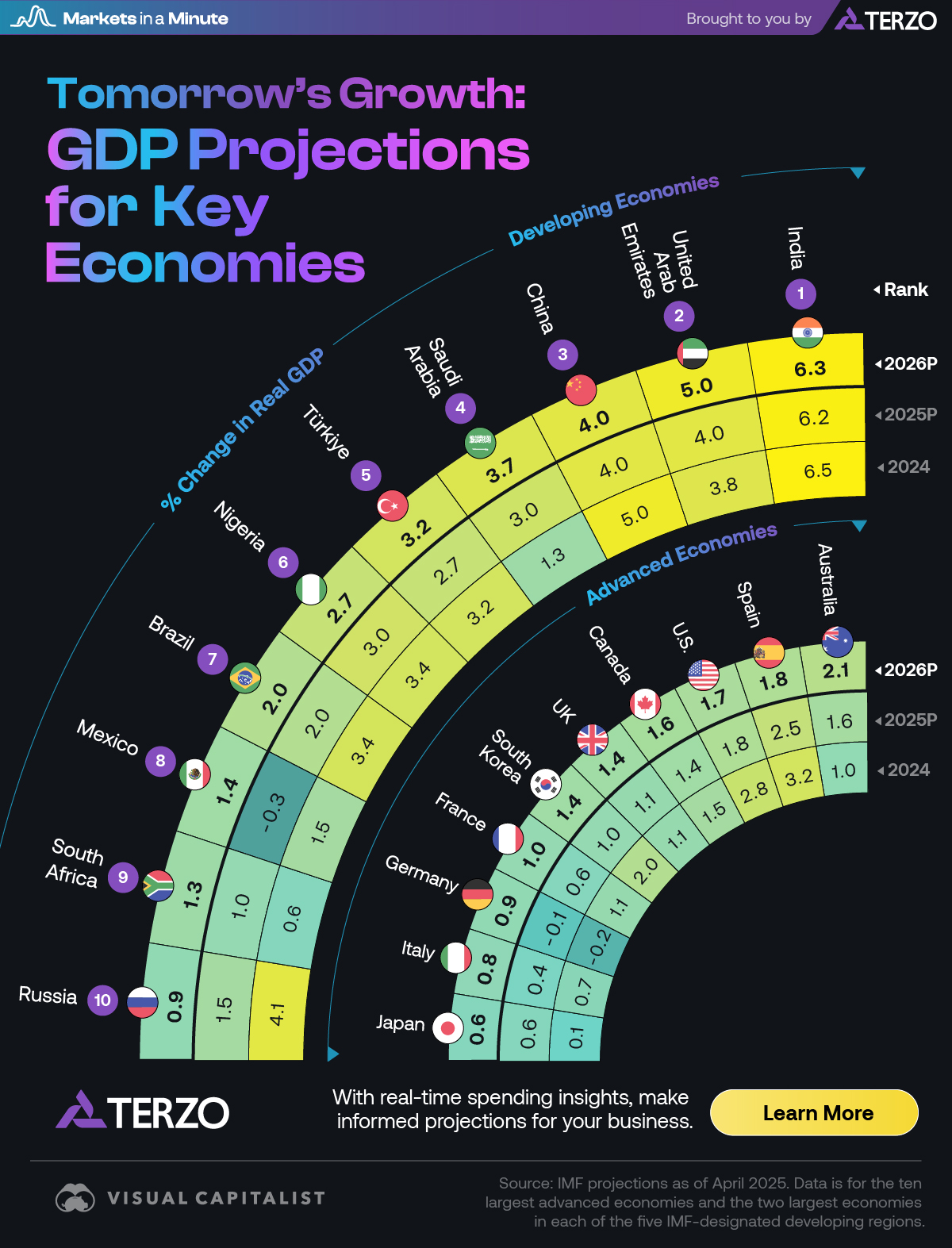Analysis of India’s Services Sector Performance in July and its Implications for Sustainable Development Goals
Sustained Economic Growth Amidst Shifting Dynamics (SDG 8)
- The HSBC India Services PMI Business Activity Index registered an increase to 60.5 in July, up from 60.4 in June, indicating robust expansion in the services sector.
- This performance signifies a strong contribution to SDG 8 (Decent Work and Economic Growth), with output rising at its fastest rate since August 2024.
- The HSBC India Composite PMI Output Index, which combines services and manufacturing, also rose to 61.1, reflecting a sharp expansion in overall private sector activity and progress towards national economic targets.
Challenges to Inclusive Growth and Decent Work (SDG 8, SDG 1)
- Despite strong output growth, progress towards SDG 8, specifically Target 8.5 concerning full and productive employment, faces significant headwinds.
- Employment growth in the services sector slowed to its weakest pace in 15 months, a critical concern for sustainable development.
- Job creation was minimal, with less than 2% of surveyed companies reporting new hires. The majority reported no change in workforce size, indicating a disconnect between economic expansion and job market improvement.
- This trend poses a risk to poverty reduction efforts under SDG 1 (No Poverty), as inclusive job creation is a primary vehicle for economic empowerment.
Global Partnerships and Sectoral Contributions (SDG 9, SDG 10, SDG 17)
- International Demand: Growth was substantially supported by increased international sales, aligning with SDG 17 (Partnerships for the Goals). New business was secured from partners in Asia, Canada, Europe, the UAE, and the US, with external sales growth recorded as the second-fastest in a year.
- Innovation in Key Sectors: The Finance & Insurance sector led in both new orders and business activity, highlighting its role in driving innovation and infrastructure as per SDG 9 (Industry, Innovation, and Infrastructure).
- Sectoral Disparities: The Real Estate & Business Services sector recorded the slowest pace of growth. This divergence points to potential imbalances that could exacerbate inequalities, a key concern under SDG 10 (Reduced Inequalities).
Future Outlook: Confidence, Stability, and Sustainability Concerns (SDG 8, SDG 12)
- Future growth expectations have been downgraded, with the Future Output Index falling to its lowest level since March 2023. This casts doubt on the long-term sustainability of the current growth trajectory.
- Rising inflationary pressures, with both input costs and output charges increasing at faster rates, present a challenge to stable and sustainable economic patterns, relevant to SDG 12 (Responsible Consumption and Production).
- The combination of softening business confidence and rising costs could impede future investment and hiring, further challenging the achievement of sustained, inclusive, and sustainable economic growth as outlined in SDG 8.
SDGs Addressed in the Article
Explanation
The article primarily focuses on economic performance, specifically the growth of India’s services sector, employment trends, and inflation. These topics are central to the objectives of Sustainable Development Goal 8, which aims to promote sustained, inclusive, and sustainable economic growth, full and productive employment, and decent work for all.
- SDG 8: Decent Work and Economic Growth – This is the most relevant SDG as the article directly discusses key components such as economic activity (services sector expansion), job creation (employment growth), and economic productivity (driven by demand for services).
Specific SDG Targets Identified
Explanation
Based on the article’s content, several specific targets under SDG 8 can be identified. The article provides data and commentary that align with the objectives of these targets.
- Target 8.1: Sustain per capita economic growth.
- The article addresses this target by reporting on the expansion of India’s services and private sectors. The HSBC India Services PMI Business Activity Index (60.5) and the Composite PMI Output Index (61.1) are used as measures of economic activity, indicating a “strong rise in output” and a “sharp expansion in private sector activity,” which are components of overall economic growth.
- Target 8.2: Achieve higher levels of economic productivity through diversification and focus on high-value added sectors.
- This target is relevant as the article highlights that the “Finance & Insurance” sector led in new orders and business activity. This points to a focus on a high-value-added sector driving economic productivity. The growth in international sales also contributes to this target.
- Target 8.5: Achieve full and productive employment and decent work for all.
- The article directly connects to this target through its detailed discussion of employment. It notes that while the services sector expanded, “employment growth slowed to its weakest pace in 15 months.” It specifies that “Less than 2 per cent of companies hired new staff,” indicating challenges in achieving full and productive employment.
Indicators for Measuring Progress
Explanation
The article mentions or implies several quantitative and qualitative indicators that can be used to measure progress towards the identified targets. These are the specific metrics used in the HSBC report to assess economic conditions.
- HSBC India Services PMI Business Activity Index: This is a direct indicator used in the article to measure the expansion of the services sector (Target 8.1). The index value of 60.5 signals a “sharp increase in output.”
- HSBC India Composite PMI Output Index: This indicator measures the combined activity in manufacturing and services, providing a broader view of private sector economic growth (Target 8.1). The value rose to 61.1, the “strongest since April 2024.”
- Rate of Job Creation / Employment Growth: The article uses this as a key indicator for employment trends (Target 8.5). It is described qualitatively as the “slowest in 15 months” and “only slight.”
- Percentage of Companies Hiring: This is a specific, quantitative indicator mentioned in the article (“Less than 2 per cent of companies hired new staff”) that measures the breadth of job creation (Target 8.5).
- Growth Rate of External Sales: The article notes that the growth in new work from international clients was “sharp and recorded as the second-fastest in a year,” serving as an indicator of economic productivity and integration into the global economy (Target 8.2).
- Inflation Rate (Input Costs and Output Charges): The article mentions that “both input costs and output charges rose at faster rates,” which is an indicator of economic stability, a crucial component for sustainable growth under SDG 8.
Summary of SDGs, Targets, and Indicators
| SDGs | Targets | Indicators |
|---|---|---|
| SDG 8: Decent Work and Economic Growth | 8.1: Sustain per capita economic growth. |
|
| SDG 8: Decent Work and Economic Growth | 8.2: Achieve higher levels of economic productivity. |
|
| SDG 8: Decent Work and Economic Growth | 8.5: Achieve full and productive employment. |
|
Source: tribuneindia.com







